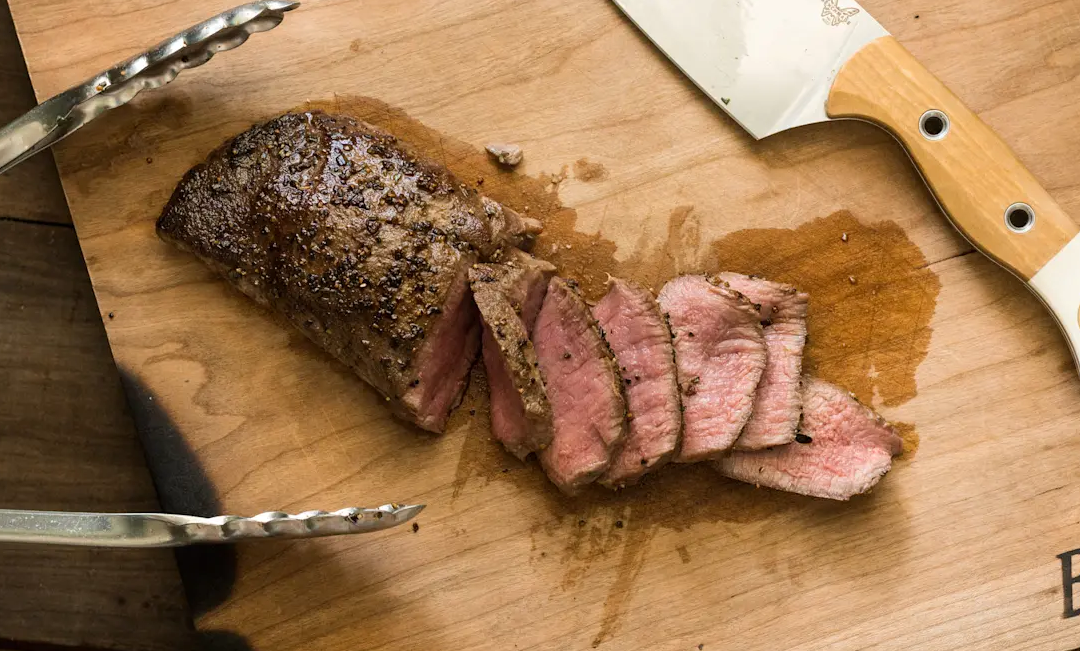
Bring Some Wild Game To Your Holiday Dinner
The holiday season is a time for gathering with loved ones and sharing memorable meals. This year, why not bring something unique to the table by featuring wild game dishes? Below are time-tested recipes for venison, duck, and squirrel that will delight your guests...
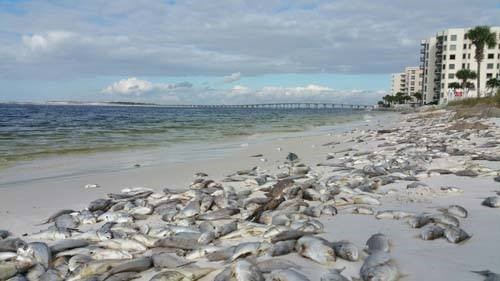
St. Joe Red Tide Claiming Terrapins
Almost everyone has heard of red tides and know they periodically occur off the coast of Florida. The more frequent events occur off southwest Florida between Tampa and the Keys, but they have occurred in other parts of the state. When they do occur in the panhandle,...
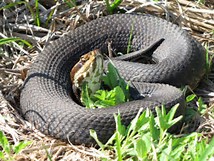
The 2025 Snake Watch Report for the Pensacola Bay Area
As many of you know, Escambia County Extension logs snakes people encounter when out and about during their day. We do not send people out to look for them but rather log those that people encounter when doing their normal activity. The objective of this project is...
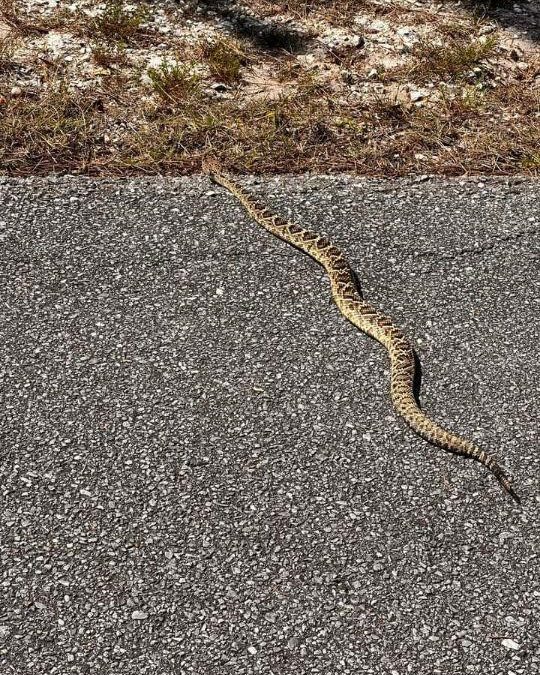
Rattlesnakes on Our Barrier Islands; Part 2 – Prey Selection
It is understood that rattlesnakes are carnivores and will select some form of meat for their food. The general principle is to select something that is easy to kill and requires less energy to do so. Most rattlesnakes will select rodents but depending on the...
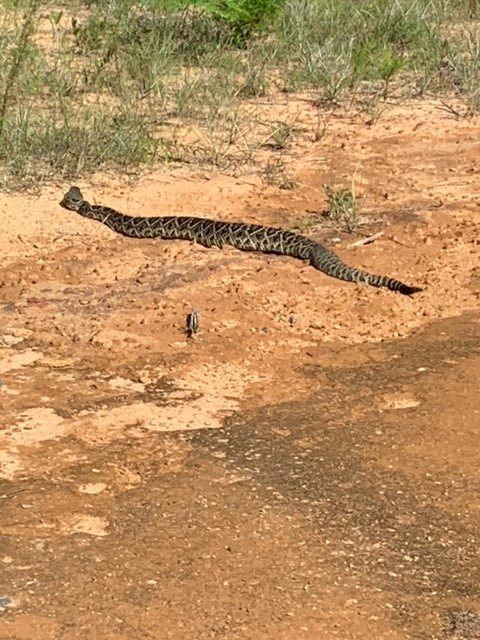
Rattlesnakes on Our Barrier Islands; Part 1 Knowing the Snake
We will begin with a statement most know, but bears repeating… Snakes are just another animal trying to get through the day. They need to eat, avoid being eaten, find a place to sleep, and – at some point in the year – find a mate. They are no different than...
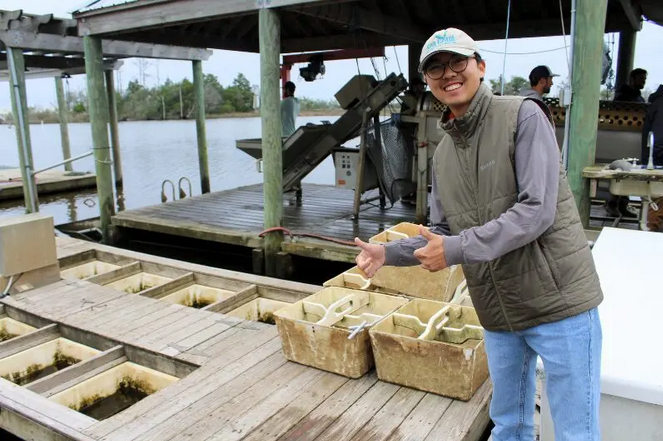
Aquaculture in the Southern United States: Part 5 – North and South Carolina
Aquaculture in North and South Carolina North and South Carolina are next on our tour of aquaculture in the southern United States, and while they’re neighbors, their aquaculture stories couldn’t be more different. North Carolina is the undisputed trout powerhouse of...
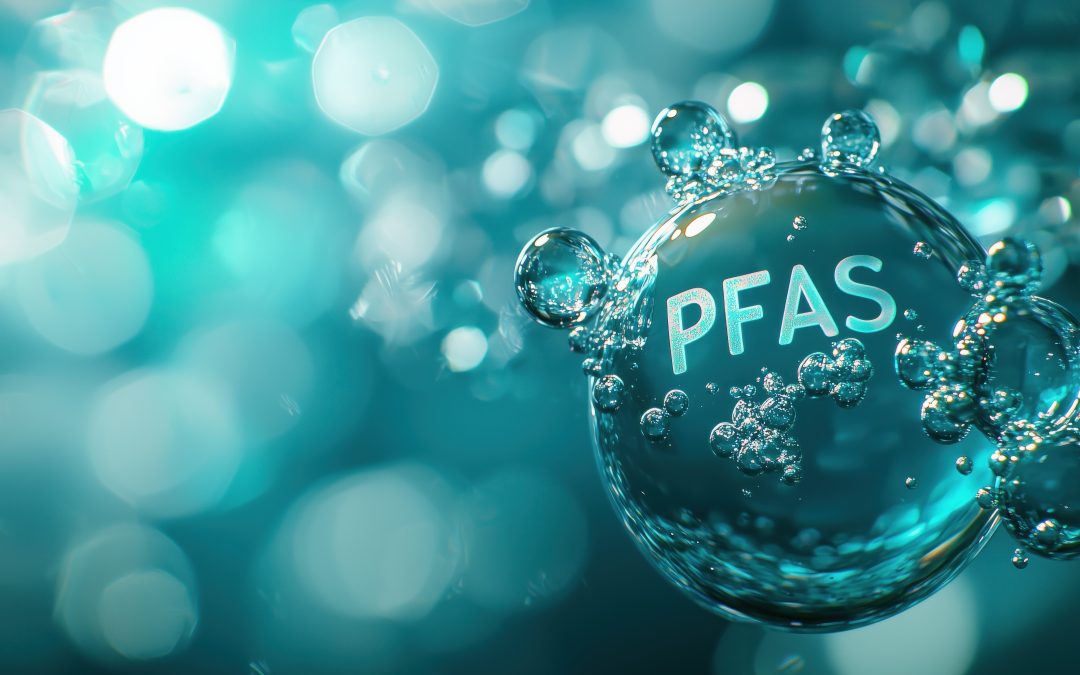
Are PFAS in Santa Rosa County’s Drinking and Surface Waters?
What are PFAS? PFAS are per- and polyfluoroalkyl substances. PFAS is a class of chemicals found in various industrial and consumer goods. For instance, you may find them in food packaging, textiles, cosmetics, and frequently in aqueous film-forming foams (AFFFs) used...

Are PFAS in Walton County’s Drinking and Surface Waters?
What are PFAS? PFAS are per- and polyfluoroalkyl substances. PFAS is a class of chemicals found in various industrial and consumer goods. For instance, you may find them in food packaging, textiles, cosmetics, and frequently in aqueous film-forming foams (AFFFs) used...

Are PFAS in Escambia County’s Drinking and Surface Waters?
What are PFAS? PFAS are per- and polyfluoroalkyl substances. PFAS is a class of chemicals found in various industrial and consumer goods. For instance, you may find them in food packaging, textiles, cosmetics, and frequently in aqueous film-forming foams (AFFFs) used...
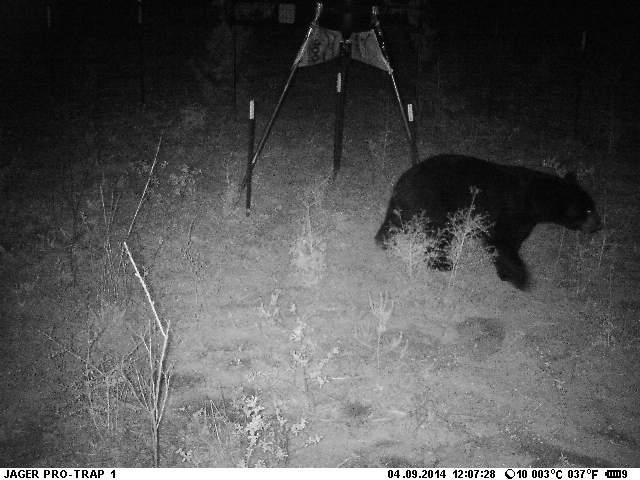
Tips for Bear Encounters this Fall
Over the last decade human-bear encounters have increased across Florida, including the Panhandle. Recently the Florida Fish and Wildlife Conservation Commission (FWC) posted advice on how we can prepare for the fall season. They mention that fall is a time when...
